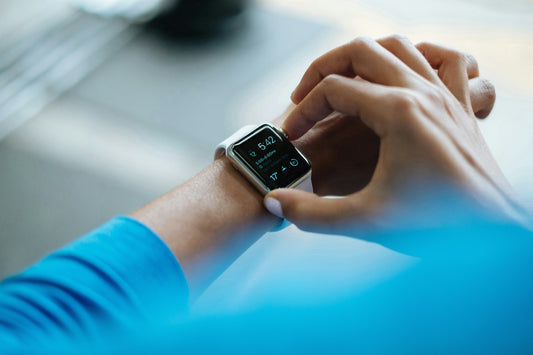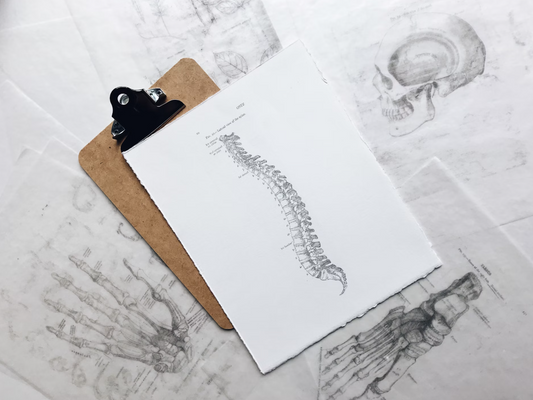Air travel has revolutionized how we connect with the world, but frequent flying can take a toll on your respiratory health. From dry cabin air to long periods of immobility, the unique environment of an airplane can impact how well your respiratory system functions. Whether you’re a seasoned frequent flyer or planning your next long-haul trip, understanding these effects and how to mitigate them is essential for maintaining optimal respiratory health.
How Air Travel Affects Your Respiratory Health
The cabin environment in an airplane is engineered for safety and efficiency, but it also presents challenges for your respiratory system. Here’s how:
1. Reduced Cabin Pressure
Airplane cabins are pressurized to simulate conditions at about 6,000–8,000 feet above sea level, which is lower than at ground level. This reduced pressure means less oxygen is available, potentially causing mild hypoxia (low oxygen levels) in some individuals.
Symptoms:
- Shortness of breath
- Fatigue
- Dizziness
2. Low Humidity Levels
Humidity levels in airplane cabins are typically below 20%, much lower than the 30–60% range considered comfortable. This can dry out your nasal passages and throat, reducing your respiratory system’s ability to filter out particles and bacteria.
Symptoms:
- Dry or irritated throat
- Congestion
- Increased risk of respiratory infections
3. Prolonged Sitting and Stagnant Air
Sitting for extended periods in a confined space can decrease circulation and lung function. Combined with limited airflow, this can make it harder to breathe deeply and may exacerbate pre-existing conditions like asthma or chronic obstructive pulmonary disease (COPD).
4. Exposure to Contaminants
Although airplane air is filtered using HEPA systems, the confined nature of the cabin increases the risk of exposure to airborne viruses and bacteria, especially on crowded flights.
Tips for Protecting Your Respiratory Health While Flying
Frequent flyers can take proactive steps to protect their lungs and maintain overall respiratory health.
1. Stay Hydrated
Drinking plenty of water is crucial to combat the dehydrating effects of low cabin humidity.
- Before the flight: Drink water or herbal tea instead of caffeinated or alcoholic beverages.
- During the flight: Aim for at least 8 ounces of water per hour of flying.
2. Use a Nasal Spray or Saline Rinse
Keep your nasal passages moist to improve their ability to trap and filter particles.
- Use a saline nasal spray before, during, and after the flight.
- Consider applying a thin layer of petroleum jelly inside your nostrils to prevent dryness.
3. Practice Deep Breathing Exercises
Deep breathing can help counteract reduced oxygen levels and improve circulation.
- Technique: Inhale deeply through your nose, hold for a few seconds, and exhale slowly through your mouth. Repeat several times throughout the flight.
4. Move Around Regularly
Prevent shallow breathing and promote circulation by standing up and walking around every hour or two.
- Stretch your arms, shoulders, and chest to expand your lung capacity.
- Perform seated exercises like shoulder rolls and ankle rotations if you can’t get up.
5. Use a Personal Air Purifier or Mask
If you’re concerned about air quality or traveling during flu season, wearing a high-quality mask (like an N95) can reduce exposure to airborne particles.
6. Support Your Immune System
Flying exposes you to many people, which can increase the risk of infections.
- Eat nutrient-rich foods before your flight to boost your immune response.
- Consider supplements like vitamin C or zinc if recommended by your healthcare provider.
Additional Tips for Flyers with Respiratory Conditions
For individuals with asthma, COPD, or other respiratory issues, air travel may pose additional challenges. Here are extra precautions to consider:
- Bring Necessary Medications: Always carry rescue inhalers, prescribed medications, and a copy of your prescription. Keep them in your carry-on for easy access.
- Use Supplemental Oxygen if Needed: If you require supplemental oxygen, inform the airline ahead of time to make necessary arrangements.
- Consult Your Doctor: Before traveling, discuss your plans with your healthcare provider to ensure you’re prepared for any potential complications.
The Benefits of Air Travel Awareness
By understanding the respiratory challenges associated with air travel, you can take steps to minimize their impact. Protecting your respiratory health while flying leads to:
- Better energy levels and reduced fatigue during and after flights.
- Lower risk of post-flight illness or respiratory discomfort.
- Enhanced comfort, especially during long-haul travel.
Conclusion
Frequent air travel may pose challenges to your respiratory health, but with the right strategies, you can mitigate these effects and enjoy a comfortable journey. Staying hydrated, practicing breathing exercises, and taking care of your immune system are simple yet powerful ways to maintain your respiratory wellness while flying.
The next time you board a plane, let your breath lead the way to a healthier and more enjoyable travel experience.




